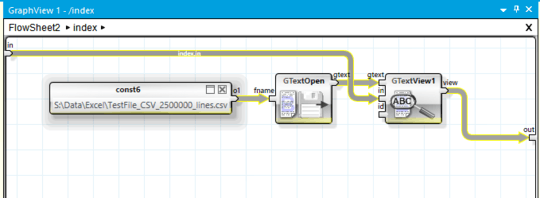14
6
How to open the tail of 8 GB log files using Notepad++ In Windows?
I used Notepad Document Monitor but don't quite get how to use it. I start monitoring and then what? How do I select the large file?
I can't just open the file because it's 8GB. So I got this large file 8GB log. I only want to see the tail. Like the last 100k lines, for example.
https://confluence.atlassian.com/pages/viewpage.action?pageId=321854547
says I should open the file.
The whole point of seeing only the tail is because the file is too large. I only want to see the tail.



1Your question is not clear. Please [edit] your question to explain what you are trying to do; include details and any error messages you are receiving. – CharlieRB – 2014-05-07T11:39:53.540
http://superuser.com/questions/34749/is-there-a-text-editor-for-very-big-files – Sathyajith Bhat – 2014-05-07T11:49:01.160
I think you are confused how this works. This plug-in doesn't read the closed file and return the tail of it. Nor does it open only part of the file. It has to open the entire file to monitor it. – CharlieRB – 2014-05-07T11:50:00.377
1
Check this Stack Overflow question out...Looking for a windows equivalent of the unix tail command.
– CharlieRB – 2014-05-07T11:56:55.497